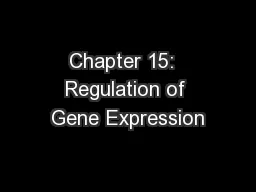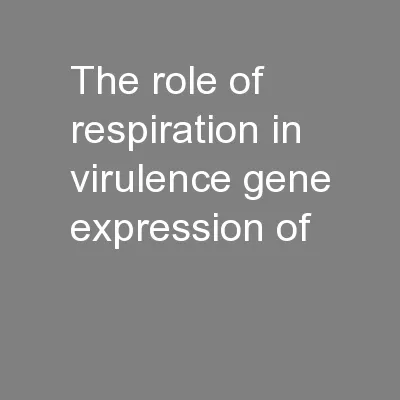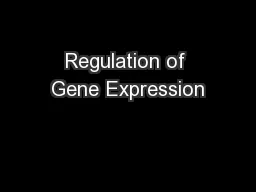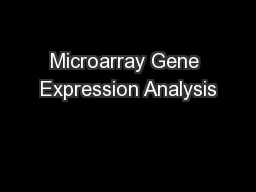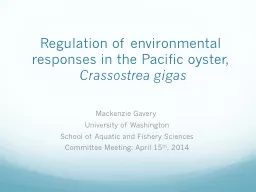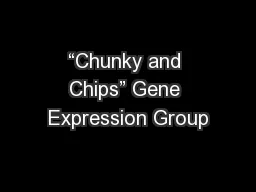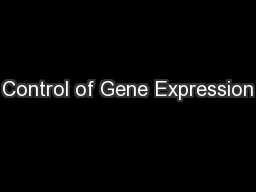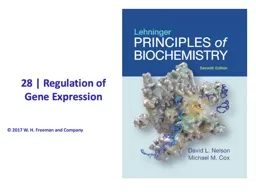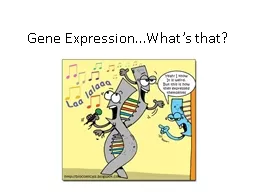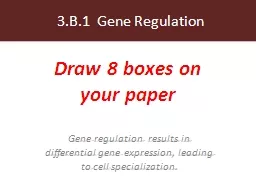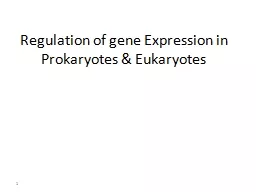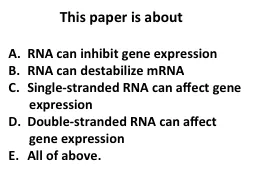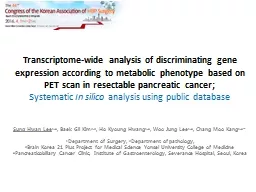PPT-Chapter 15: Regulation of Gene Expression
Author : karlyn-bohler | Published Date : 2019-03-05
Anablep anablep with its 4 eyes Upper half of lids look aerially while the lower half looks into the water Cells of the two parts of the eye exhibit differential
Presentation Embed Code
Download Presentation
Download Presentation The PPT/PDF document "Chapter 15: Regulation of Gene Expressi..." is the property of its rightful owner. Permission is granted to download and print the materials on this website for personal, non-commercial use only, and to display it on your personal computer provided you do not modify the materials and that you retain all copyright notices contained in the materials. By downloading content from our website, you accept the terms of this agreement.
Chapter 15: Regulation of Gene Expression: Transcript
Download Rules Of Document
"Chapter 15: Regulation of Gene Expression"The content belongs to its owner. You may download and print it for personal use, without modification, and keep all copyright notices. By downloading, you agree to these terms.
Related Documents

